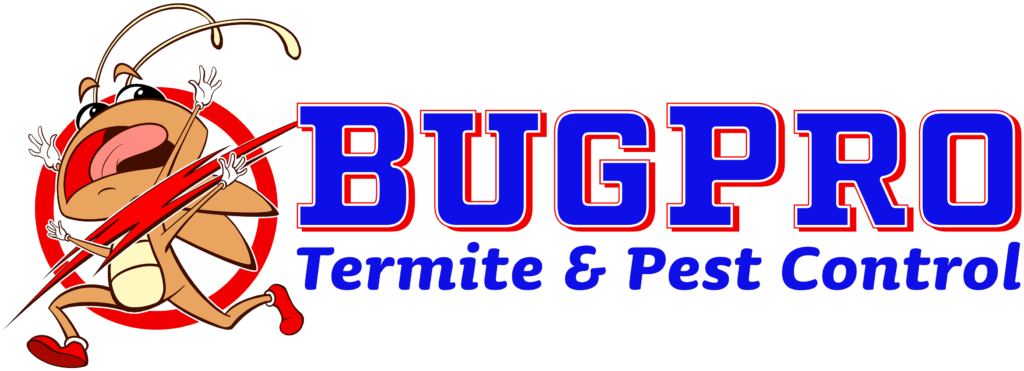
When it comes to home maintenance, many homeowners focus on visible issues like leaky roofs or peeling paint. However, one of the most insidious threats to your property often goes unnoticed until significant damage has occurred: drywood termites. These pests can wreak havoc on patios, walls, and decks, leading to costly repairs and structural damage. In this page, we’ll explore the hidden costs of drywood termite damage, the challenges of detecting their presence, and the effectiveness of tenting for complete eradication.
Drywood termites are a type of termite that can infest wood without needing contact with the soil. They thrive in dry, warm environments and can be found in various wooden structures, including furniture, beams, and even outdoor decks. Unlike their subterranean counterparts, drywood termites do not create mud tubes, making their presence harder to detect until extensive damage has occurred.
One of the most alarming aspects of drywood termites is the hidden damage they cause. Since they typically infest the interior of wooden structures, the signs of their presence may not be visible until it’s too late. Here are some common areas where drywood termites can cause significant, yet often unnoticed, damage:
1. Patios and Decks: Wooden patios and decks are prime targets for drywood termites. They can tunnel through the wood, weakening its structural integrity over time. Homeowners may notice sagging or soft spots, but by then, the damage may already be extensive.
2. Walls: Termites can infest wall studs and other wooden components within your home’s walls. This damage can lead to issues like compromised insulation, increased energy costs, and even structural failure.
3. Furniture and Trim: termites can also invade furniture and decorative trim, leading to costly replacements. The damage may remain hidden until the wood becomes too weak to support its own weight.
The financial implications of drywood termite damage can be staggering. Repairing or replacing damaged wood can cost thousands of dollars, and this doesn’t account for the potential loss of property value. Additionally, if the infestation goes unnoticed for an extended period, the damage can escalate, leading to more extensive repairs.
Detecting drywood termites early is crucial for minimizing damage and repair costs. What to look for
Frass: This is the wood-colored droppings left behind by termites. Finding frass near wooden structures can indicate an active infestation.
– Hollow Sound: Tapping on wood can reveal hollow sounds, a sign that termites have been tunneling inside.
– Swarmers: In the spring, you may notice winged termites (swarmers) around windows or doors, indicating a nearby infestation.
Tenting: The Solution for Complete Eradication of Drywood Termite
When facing a drywood termite infestation, tenting is one of the most effective solutions. This method involves covering the entire structure with a tent and introducing a fumigant that penetrates all wood surfaces, effectively eliminating termites. Here’s why tenting is a reliable choice:
100% Eradication: Tenting ensures that every termite, including those hidden deep within the wood, is eradicated. Unlike localized treatments, which may miss hidden colonies, tenting provides comprehensive coverage.
Quick Process: The tenting process typically takes just a few days, allowing homeowners to return to their normal lives quickly.
Long-Term Protection: After tenting, many pest control companies offer follow-up inspections and treatments to help prevent future infestations.
The hidden costs of drywood termite damage can be significant, affecting not only the structural integrity of your home but also your financial well-being. Being proactive in detecting and addressing termite infestations is essential for protecting your property. Tenting offers a reliable and effective solution for complete eradication, ensuring your home remains safe and sound. Don’t let these silent destroyers compromise your investment—take action today to safeguard your home from the unseen threat of drywood termites!